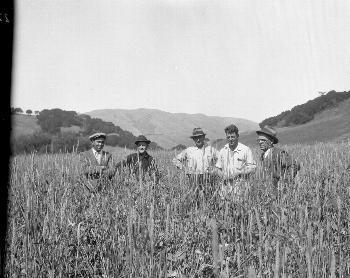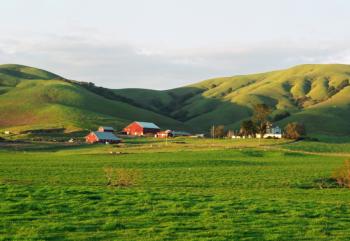A key cornerstone now in place
The exhibit Historical Photographs of Marin’s Agrarian Roots will soon be on display for the third show at the Marin Civic Center from December 10 through April 26. If you didn’t see it at Toby’s in Point Reyes Station through October, here’s your opportunity.

Just like Boissevain’s negatives were almost lost to file cleaning, Marin’s farms and ranches were almost tossed out for houses and development. The working landscape of Marin today is a critical source of visual pleasure, wildlife habitat, and community vitality. The green pastures and the people that manage them provide the highest quality dairy and animal agricultural products, contributing to a $70 million a year farm gate industry. Along with local parks, these farms constitute over 250 square miles of connected oak woodlands and grasslands. It is often easy to look past these contributions. However, they are found in author John Hart’s “Sense of Place,” the light and shadows across Laura Culver’s canvasses, and the flavors of health at many farmer’s markets.

Without such investment, the impact is the loss of this important farm, family, and community planning tool, an erosion of Marin’s farms and ranches, and a break in continuity of Marin’s agricultural cornerstone.
By Dave Lewis, from Marin Voice editorial in Marin IJ 10/29/12
This past election day, Marin County residents voted overwhelmingly to continue its legacy of protecting open space, parks and farmland by passing Measure A with 73.6 percent of the vote. Measure A helps fill a critical public funding gap left by declining state and federal funding for farmland preservation, which historically accounts for about 50 percent of MALT's farmland preservation program.
- Ellie Rilla



